Review and images by Saarlooswolfhound; edited by bmathison1972
This article marks my first multiple model (Safari Ltd. TOOB) production! Presented here are 14 figures, 7 original pieces and 7 later re-released with updated paintwork. The Cryptozoology Designer TOOB by Safari Ltd. #677504 was originally released in 2013 with simplistic paintwork, then re-released a few years after retirement with much improved paint schemes for most of the figures. Now, lets get into the mini cryptids themselves!
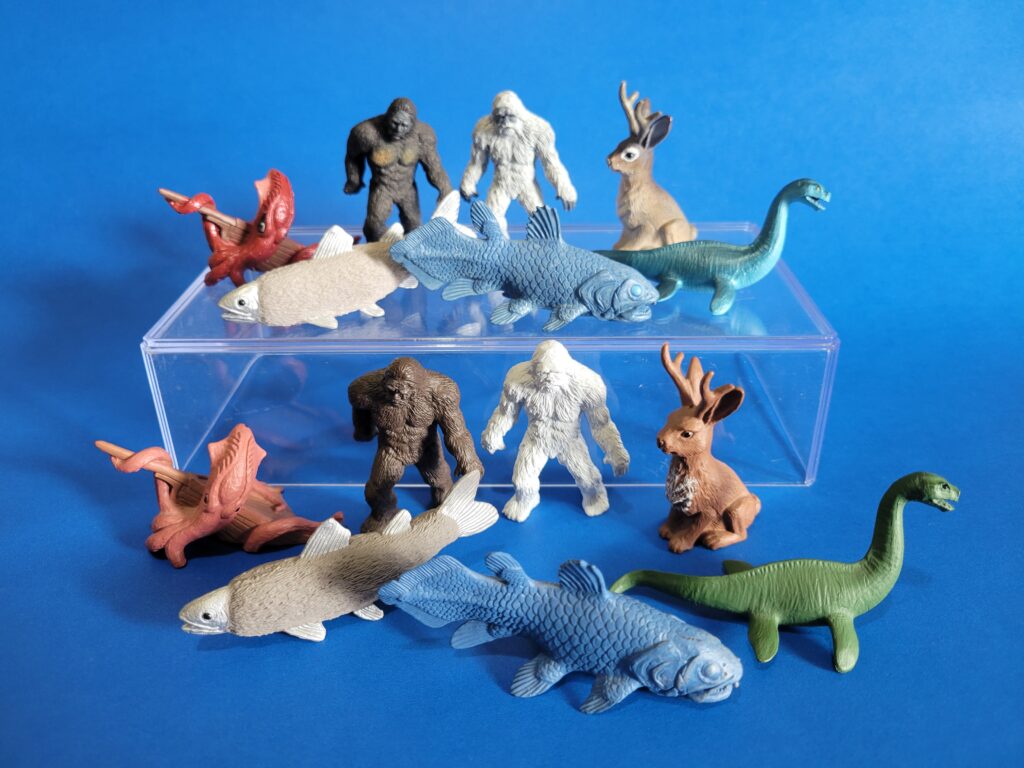
Sasquatch, Bigfoot, Wild Men; there are lots of monikers for this cryptid species (too many to list here!). These are large ape-like or human-like creatures that skulk in the forests of the Pacific Northwest. In Native American folklore they feature prominently, usually as a “brother of the forest” type of role. In other circles, theories range, but a remnant hominid species seems to be the most commonly believed. Today, there are sightings all over the North American continent, even “dwarf” versions on Pacific Islands like Hawaii! Generally known as peaceful (they are often sighted from a distance) and for blurry footage/photographs and trace evidence. There are several well known researchers today trying to settle the infamous debate once and for all!

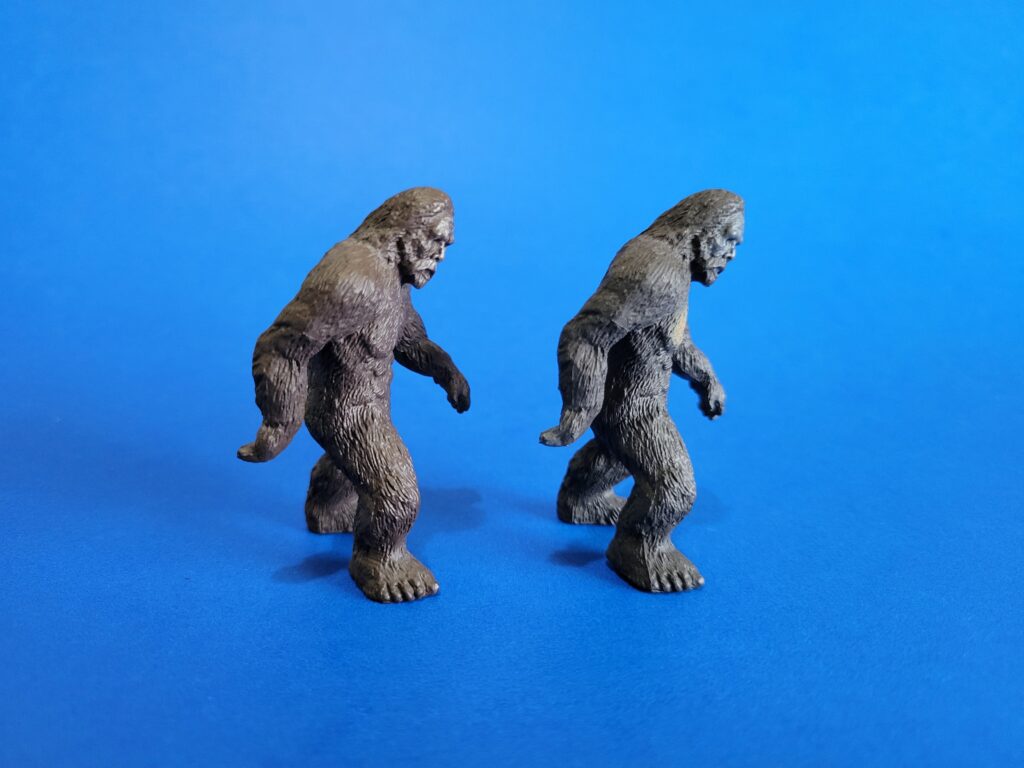
The Yeti is rather similar to our previous figure study; they are popularly depicted as large ape- or human-like creatures that hail from the Himalayas. However, in local folklore tales, the term “Yeti” is better described as a spiritual being. It may be something that affects the spirit of an animal to behave atypically, whether that be more aggressively or more passively, or even just making a species range away from the forested foothills or vice versa around the mountain range in unusual display of behavior for whatever species it is currently inhabiting. Either way, there have been sightings and trace evidence discovered (notably, footprints that have a descended great toe like apes, instead of aligned bipedal toes like alleged Sasquatch prints). Some argue it to be a remnant hominid species such as Sasquatch, while some say these sightings are of the rare Tibetan blue bears native to the region. Regardless, there have been many popularized versions of these stories we enjoy today!
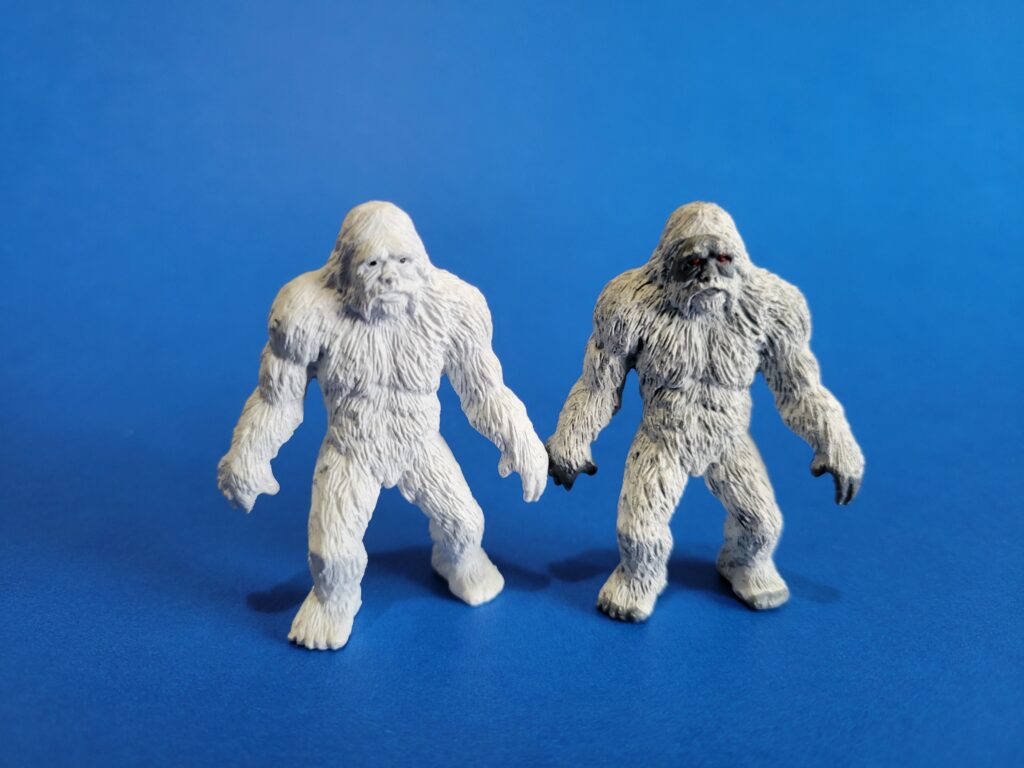

Now we move back to the Western United States for the “Jackalope”! There IS a verified species that goes by this name, but this usage of the word here is referring to a cryptid that has the form of a rabbit or hare with the added trait of horns. The name combines “jackrabbit” and “pronghorn antelope” just like how the animal morphs the body of a hare and the head dress of a pronghorn. These are commonly reported in the Southwestern United States, usually in the more arid regions, but have also been sighted as far north as Wyoming! Recently, this phenomenon of sightings and lore have been attributed to the cottontail rabbit papilloma virus (CRPV) infecting wild rabbits. This virus causes keratinous carcinomas to form around the head of the leporid, making them look like they have grown horns, thus resembling the infamous Jackalope!
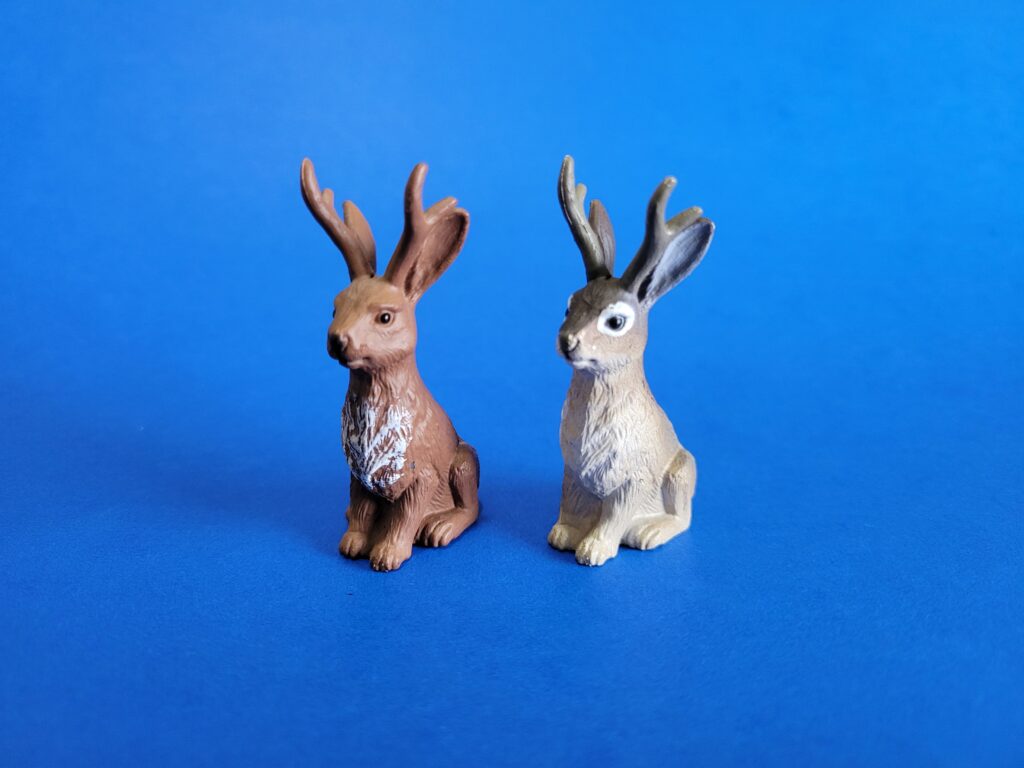

We all have heard of the great Loch Ness Monster (or Nessie, for short). Commonly depicted as a remnant plesiosaur, it inhabits the great Loch Ness in Scotland. Sightings still occur today, but the earliest sighting comes from an Irish Monk in the 6th Century A.D.! Sightings of sea monsters like this are not unique to Loch Ness either, there are lots of lake monsters in similar form around the world. Including the Bear Lake Monster of Utah and Idaho, Champy from Lake Champlain in Vermont and New York, and Ilie of Lake Iliamna in Alaska. Many believe that this cryptid today is a misidentification of grey seals, sturgeon, dolphins, or other other aquatic animals straying into the lake and sitting at the surface.
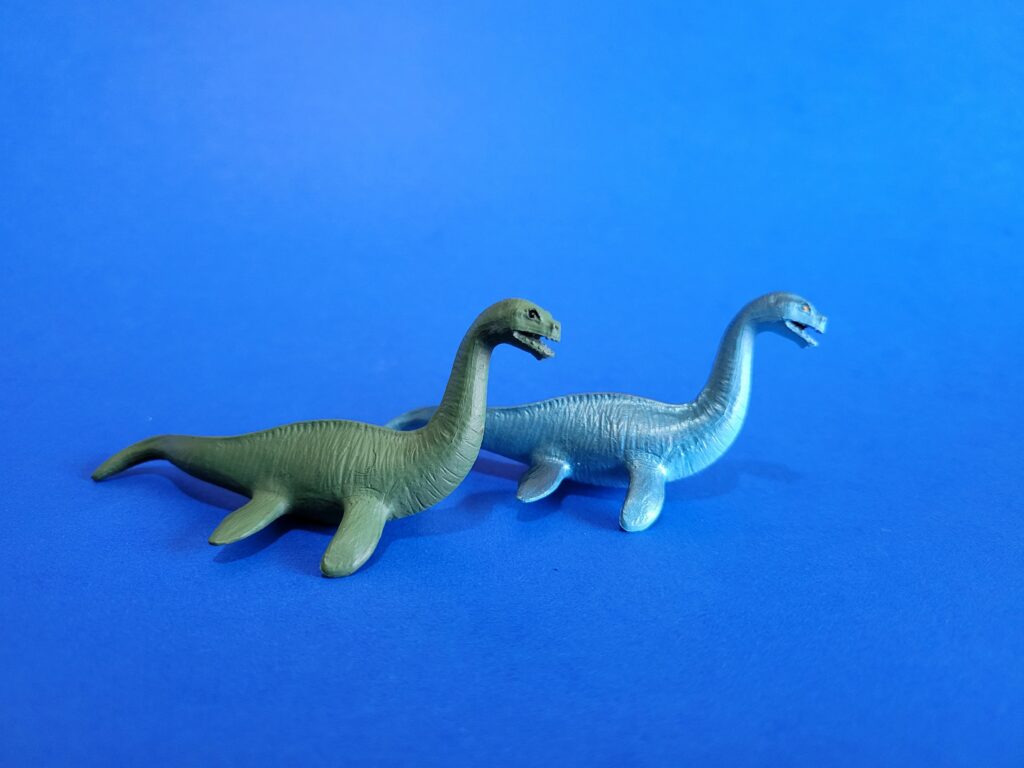
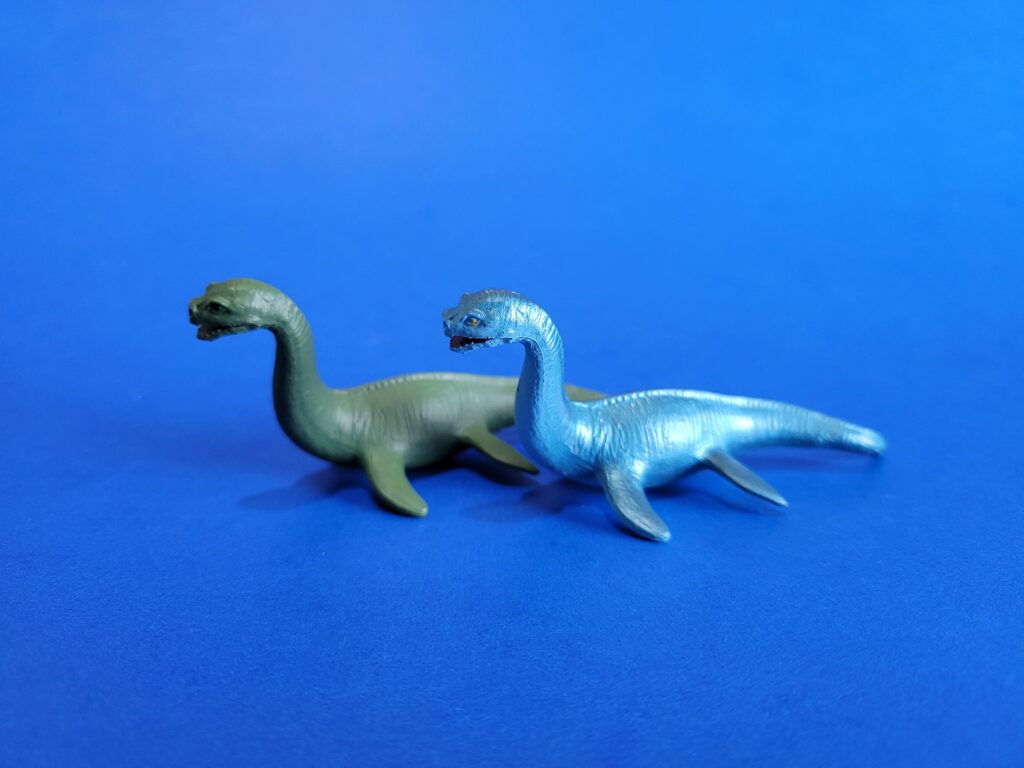
For a lesser known cryptid, we have the Fur Bearing Trout from Native American and Icelandic folklore! This is a fish depicted with a thick woolly coat for northern cold waters. Not much is known about the prevalence of this animal in cultural tales, but it was represented in a Frankenstein-esque taxidermy display in the Royal Museum of Scotland for some years. Today, there are two main theories for this phenomenon: “Cotton Mold” or Saprolegnia which causes cotton like growths to appear on infected fish or a deep water fish called Mirapinna esau whom has hair like structures that comprise its fins. While these are plausible cases, it is perhaps the strangest cryptid tale I have come across!

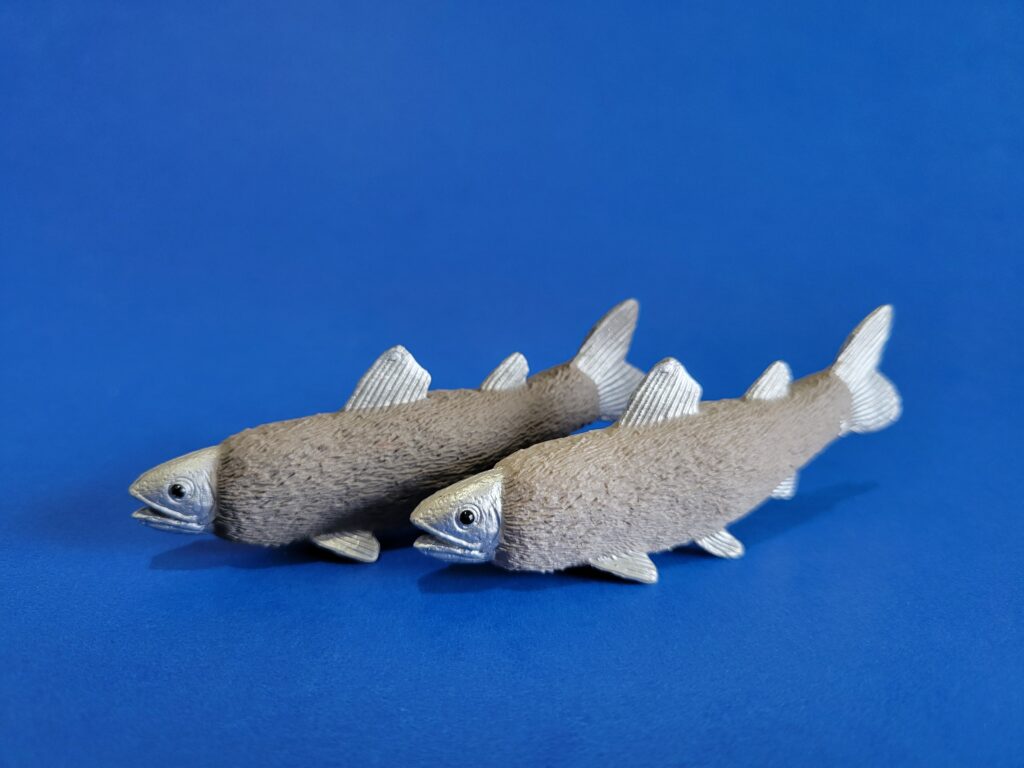
The most credible animal on our list is the great Kraken, and also possibly the easiest to explain. This giant sea serpent is known for having many arms and its aggressive attacks on sea faring ships and sailors. Commonly depicted as an overly-large squid, it is quite likely that these sightings were of giant squid or some relative. While a very cryptic species today, it very well could have investigated ships centuries ago, leading to the great legends. Not commonly described to be as aggressive as their relatives, the Humboldt squid, it certainly would have strength to overwhelm sailors, if not an entire ship. Descriptions from then claimed the beast to be 2.5 km long! While giant squid today grow to be 43 ft (13 meters) long! However, this animal is still very little studied and understood, and continues to live at great depth in our oceans.
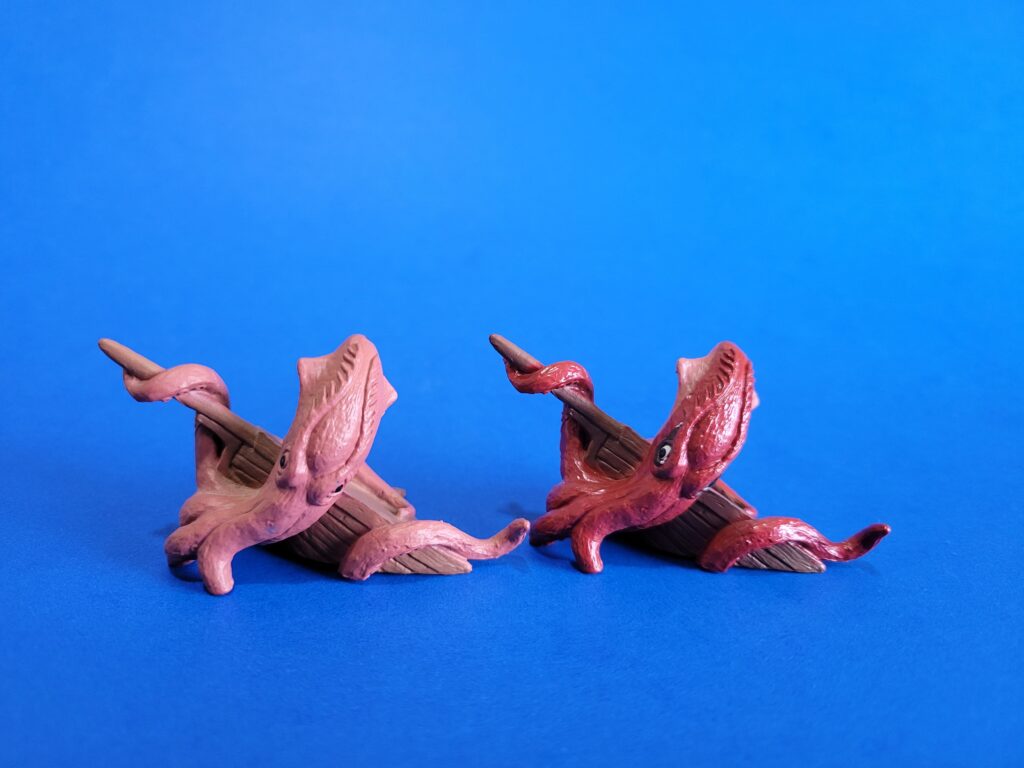
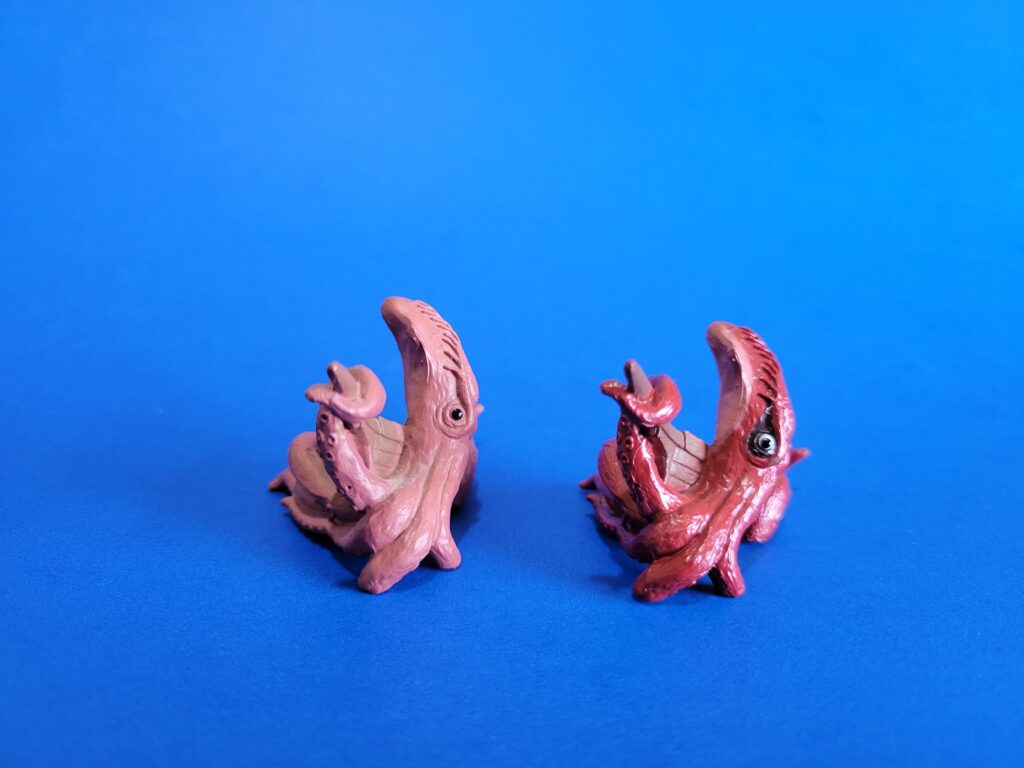
Our last figure is of the coelacanth. A fossil fish species believed to be long extinct, it was rediscovered in 1938 when one was caught in fishing nets in Western Indian Ocean waters. Newly rediscovered, it has been curiously investigated since. In recent years of study the term “living fossil” is now considered inaccurate, with modern science recognizing that this group has evolved quite a bit since the fossils that resemble them aging from 360 million years ago! To boot, new genetic testing also confirms a descent of evolution in that massive time scale, making them similar to their ancestors, but not identical. These rare fish exist in two populations off the Eastern coast of Africa and in the Western Indian Ocean. Unfortunately, due to their slow maturation and gestation, they are currently critically endangered and highly susceptible to human caused pressures.
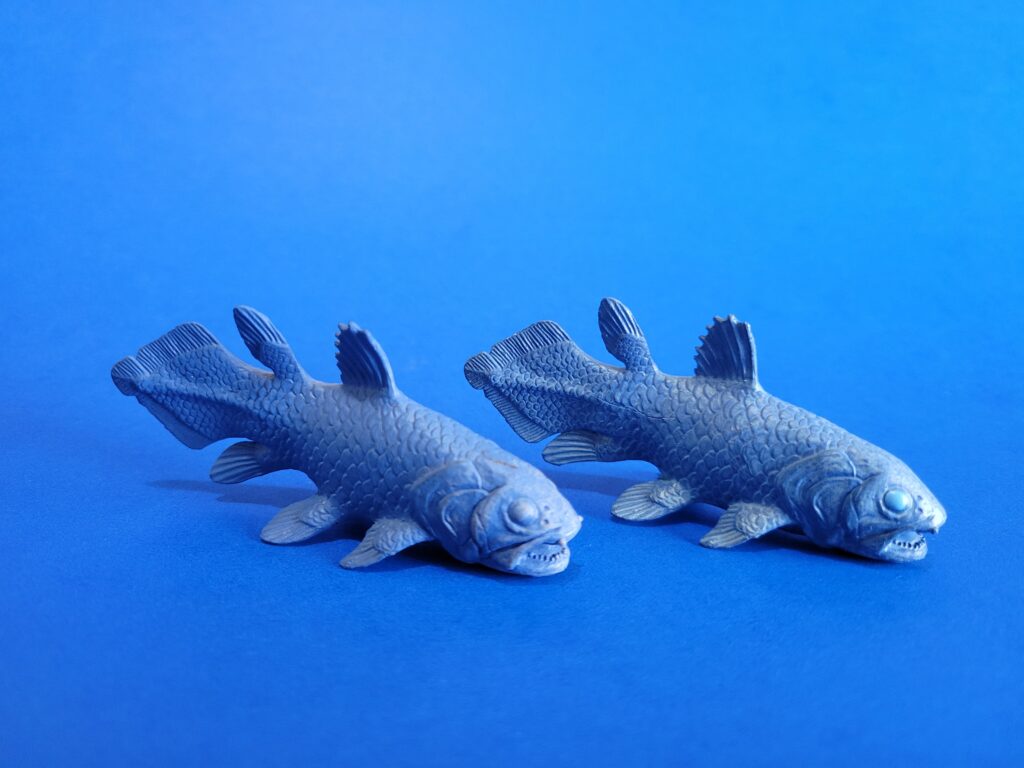

In summation, whether you count yourself a “believer” or not, the message to receive with this TOOB is that the Animal Kingdom is capable of marvelous surprises and incredible creatures that inhabit this planet alongside us. And that there’s no harm in having a positive attitude in the hardly conceivable…
Disclaimer: links to Ebay and Amazon on the AnimalToyBlog are affiliate links, so we make a small commission if you use them. Thanks for supporting us!




Out of curiosity, is there a reason you are calling it a “Cryptozoology Designer” toob? On the Safari Ltd. website this product seems to be listed as just “Cryptozoology” toob. Did it get rebranded at some point?
I believe the original release was titled as such and the branding later on changed. My original packaging was of the larger size toobs they used for their specialty sets. The rerelease uses the “normal” packing of the majority of their toobs.